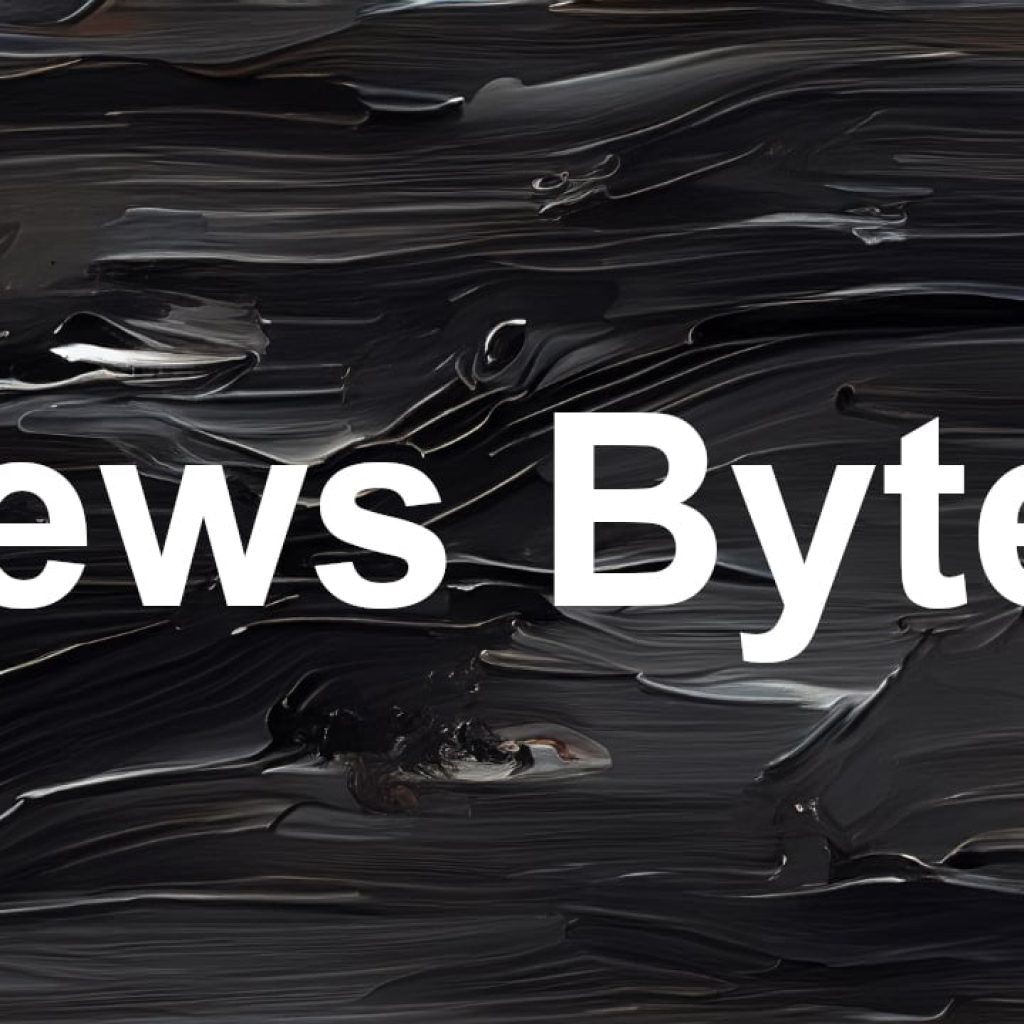The recent verdict in the trial of Roman Sterlingov, accused of operating Bitcoin Fog, the largest Bitcoin mixer in history, has raised significant concerns about the reliability of Chainalysis tools in convicting defendants facing severe penalties.
Roman Sterlingov, a 35-year-old defendant, was recently found guilty on four counts related to money laundering through Bitcoin Fog. Despite a vigorous defense, the jury’s verdict delivered a blow to Sterlingov and his legal team, prompting immediate considerations for appeal.
Bitcoin fog: A gateway for money laundering
Bitcoin Fog, known for its ability to obfuscate the origins of Bitcoin transactions, processed approximately 1.2 million Bitcoins over its existence, with alleged ties to illicit activities on darknet sites like Silk Road and AlphaBay. Prosecutors argued that Sterlingov utilized Bitcoin Fog and administered its operations.
During the trial, defense counsel Tor Ekeland and Mike Hassard tirelessly contested every motion and objection, drawing attention to critical flaws in the prosecution’s case. Central to their argument was the reliance on Chainalysis tools, which purportedly traced Bitcoin transactions back to Sterlingov. However, these tools were shown to be deeply flawed.
The prosecution’s case heavily relied on analysis tools, particularly the “co-spend” and “peel chain” heuristics, which aim to trace the flow of Bitcoin. However, experts revealed significant shortcomings in these methods, with error rates as high as 90%. Moreover, the prosecutors handling the case cautioned against relying on tracing alone without corroborating evidence.
The “co-spend” heuristic assumes that Bitcoin spent together originate from the same user, yet it fails in scenarios like splitting expenses with friends using Bitcoin. Similarly, the “peel chain” heuristic assumes a linear chain of transactions, which can be circumvented by various means, including off-chain transactions and the transfer of private keys.
Prosecutorial oversight
Despite warnings against relying solely on tracing methodologies, the prosecution pressed forward with their case against Sterlingov, overlooking the inherent flaws in Chainalysis tools. This oversight became glaring during the trial, especially when a piece of evidence purported to be incriminating was a mere screenshot from an e-book.
The implications of Sterlingov’s case extend beyond his circumstances. They underscore the need for prosecutors to exercise caution when employing blockchain analysis tools in criminal proceedings, particularly when the stakes involve lengthy prison sentences.
The conviction of Roman Sterlingov in the Bitcoin Fog trial has cast a spotlight on the reliability of Chainalysis tools and their suitability as evidence in high-stakes legal battles. As the legal system grapples with the complexities of cryptocurrency transactions, it becomes imperative to address the shortcomings of existing tracing methodologies to ensure fair and just outcomes for defendants facing severe repercussions.





